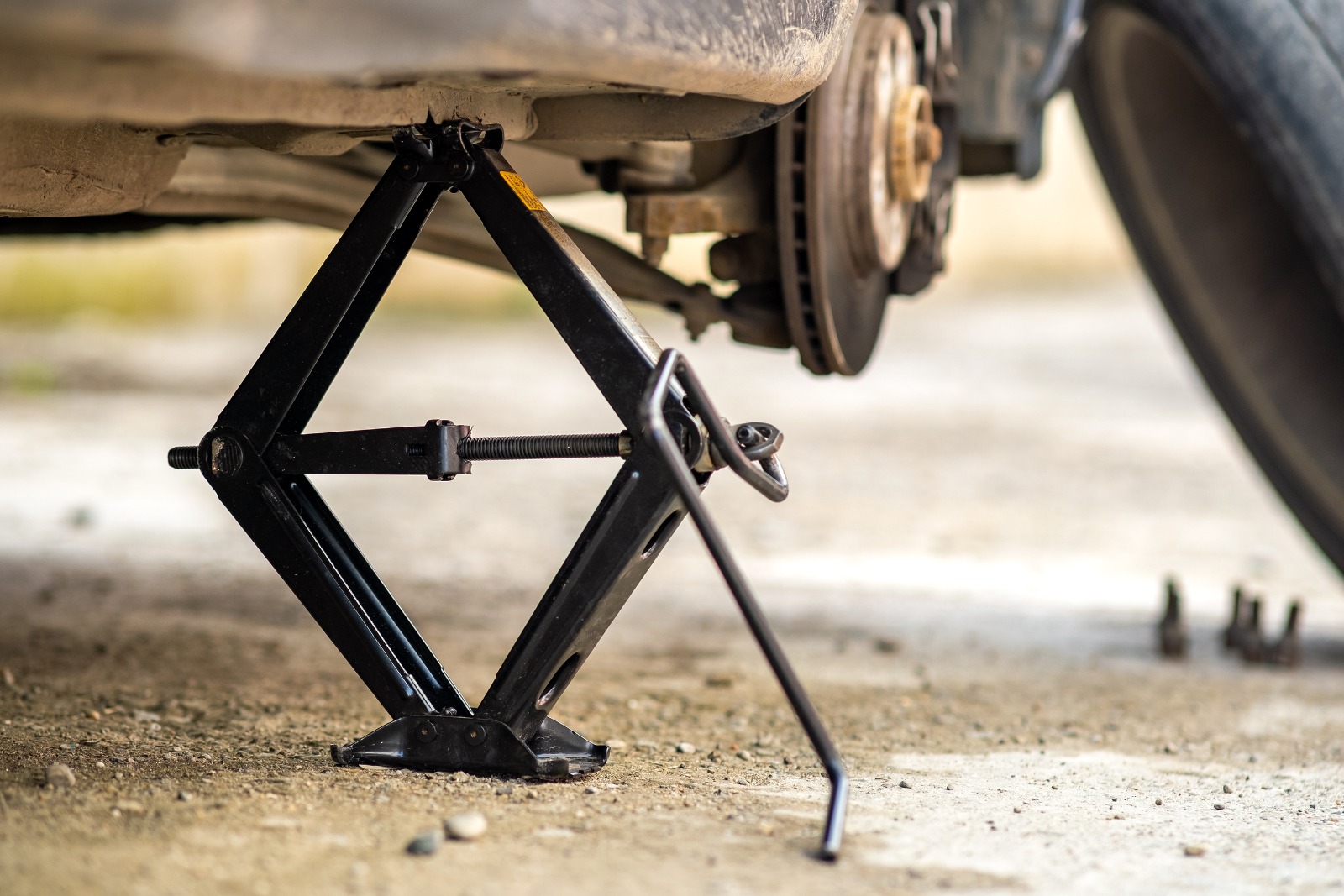Towing a camper can be an exciting way to explore the outdoors, but it also comes with its own challenges. Camper sway, caused by factors like wind, uneven roads, or improper load distribution, can turn your trip into a nerve-wracking experience. This blog explores the purpose of sway bars for campers, how they work, and why they’re essential for a safer and more enjoyable towing experience.
Signs You Need a Sway Bar for Your Camper
If you’re unsure whether you need a sway bar, here are some common signs:
- If your camper moves side to side, even in calm weather conditions, this is a clear indicator.
- Struggling to keep your camper steady when overtaken by larger vehicles or during windy conditions.
- Feeling uneasy or unsafe while driving could mean you need better stability equipment.
Choosing the Right Sway Control for Your Camper
Not all sway bars are created equal, and choosing the right one depends on your camper’s weight, towing vehicle, and driving conditions. Here are the most common types:
- Friction Sway Control Bars: Best for smaller campers, these devices use friction to resist sway but may not be sufficient for larger setups.
- Integrated Sway Control Hitches: Found in weight distribution hitches, these systems are ideal for larger trailers as they combine weight distribution with sway control for maximum stability.
How Tow Vehicle Dynamics Impact Sway
Your tow vehicle has an important role in determining the stability of your camper. A few key factors include:
- Vehicle Weight: Heavier tow vehicles are more stable and less prone to being influenced by trailer sway.
- Wheelbase Length: Vehicles with longer wheelbases provide better control and stability.
- Suspension System: A stiffer suspension helps resist the forces that contribute to sway.
Understanding Weight Distribution and Sway Control
While sway bars focus on reducing side-to-side motion, weight distribution hitches address the balance of your towing setup. They evenly distribute the weight of the camper across your vehicle’s axles by preventing sagging and improving steering and braking performance.
For the best results, consider combining a weight distribution hitch with a sway control system. When they’re used together, they provide the best towing stability and safety.
Safe Packing Practices to Minimize Sway
Proper load distribution within your camper is just as important as having a sway bar. Here are some tips:
- Place Heavy Items Low and Forward: Keep heavier items close to the axle and low to the ground to maintain balance.
- Distribute Weight Evenly: Ensure items are balanced from side to side to prevent tilting.
- Secure Loose Items: Prevent items from shifting during transit, which could destabilize the camper.
- Avoid Overloading: Stay within your camper’s weight limits to maintain optimal towing conditions.
Gain More Control with Quality Camper Sway Bars
By reducing trailer sway, enhancing control, and improving the overall towing experience, they’re a worthwhile investment for both seasoned travelers and beginners alike. If you’re ready to improve your towing setup, consult a professional to find the best sway bar for your camper. With the right equipment and knowledge, you can enjoy smoother and safer adventures on the road.



































